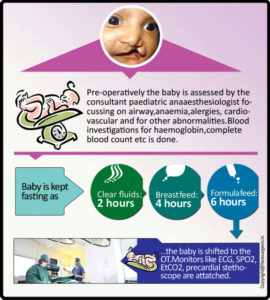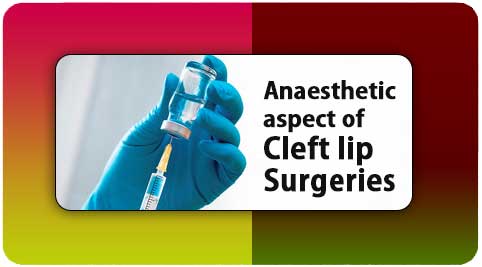Giving You a New Look With the Cheiloplasty Cleft Lip Repair Surgery
Beautify your smile with cleft lip surgery
Between the fourth and seventh weeks of pregnancy, the lip develops. The lips and mouth, for example, are formed by the connecting of tissue. The tissue that makes up the lip does not unite completely before birth, resulting in a cleft lip. The upper lip opens as a result of this. The lip opening can be a little slit or a big aperture that extends through the lip and into the nose. Cleft lips can develop on one or both sides of the lip, or in the centre, which is extremely unusual. The doctors perform cheiloplasty cleft lip repair surgery to help you get rid of this condition.

What do you mean by a cleft palate?
Between the sixth and ninth weeks of pregnancy, the palate (the roof of the mouth) develops. When the tissue that makes up the roof of the mouth does not come together completely during pregnancy, a cleft palate develops. Both the front and rear sections of some babies’ palates are open. Only a portion of the palate is open in other newborns. This has to be corrected with help of a cheiloplasty cleft lip repair procedure
- In the United States, one out of every 1,600 babies is born with a cleft lip and palate.
- One out of every 2,800 babies is born with a cleft lip without a cleft palate.
- One out of every 1,700 babies is born with a cleft palate.
Causes and risk factors of cheiloplasty cleft lip repair surgery
The causes of most infants’ orofacial clefts are unknown. Because of alterations in their DNA, some children develop a cleft lip or cleft palate. Cleft lip and palate are thought to be caused by a combination of genes and environmental factors, such as what the mother comes into touch with her environment.
The CDC like many other families with children who have birth abnormalities wants to know what causes them. Understanding the factors that are more common in babies born with birth defects, would aid in our understanding of the reasons.
What is the management and treatment for cleft lip?
The severity of the cleft, the child’s age and needs, and the presence of accompanying syndromes or other birth defects, or both, all influence the services and treatment available to children with orofacial clefts.
Cheiloplasty cleft lip repair surgery is commonly performed in the first few months of life and is advised during the first 12 months. Cleft palate surgery should be done within the first 18 months of life, or even earlier if possible.
Cheiloplasty cleft lip repair techniques can help a child’s face look and feel better, as well as enhance breathing, hearing, speech and language development. Other cheiloplasty cleft lip repair surgery, such as particular dental or orthodontic care or speech therapy, may be required for children born with orofacial clefts.
Wrap up
Most children with orofacial clefts do well and live a healthy life after receiving treatment. If they are concerned about visual differences between themselves and other children, some children with orofacial clefts may develop self-esteem issues. For families of newborns born with birth deformities of the head and face, such as orofacial clefts, parent-to-parent support groups can be beneficial. You must follow Cheiloplasty cleft lip post-operative care so that you recover in the best way out.

